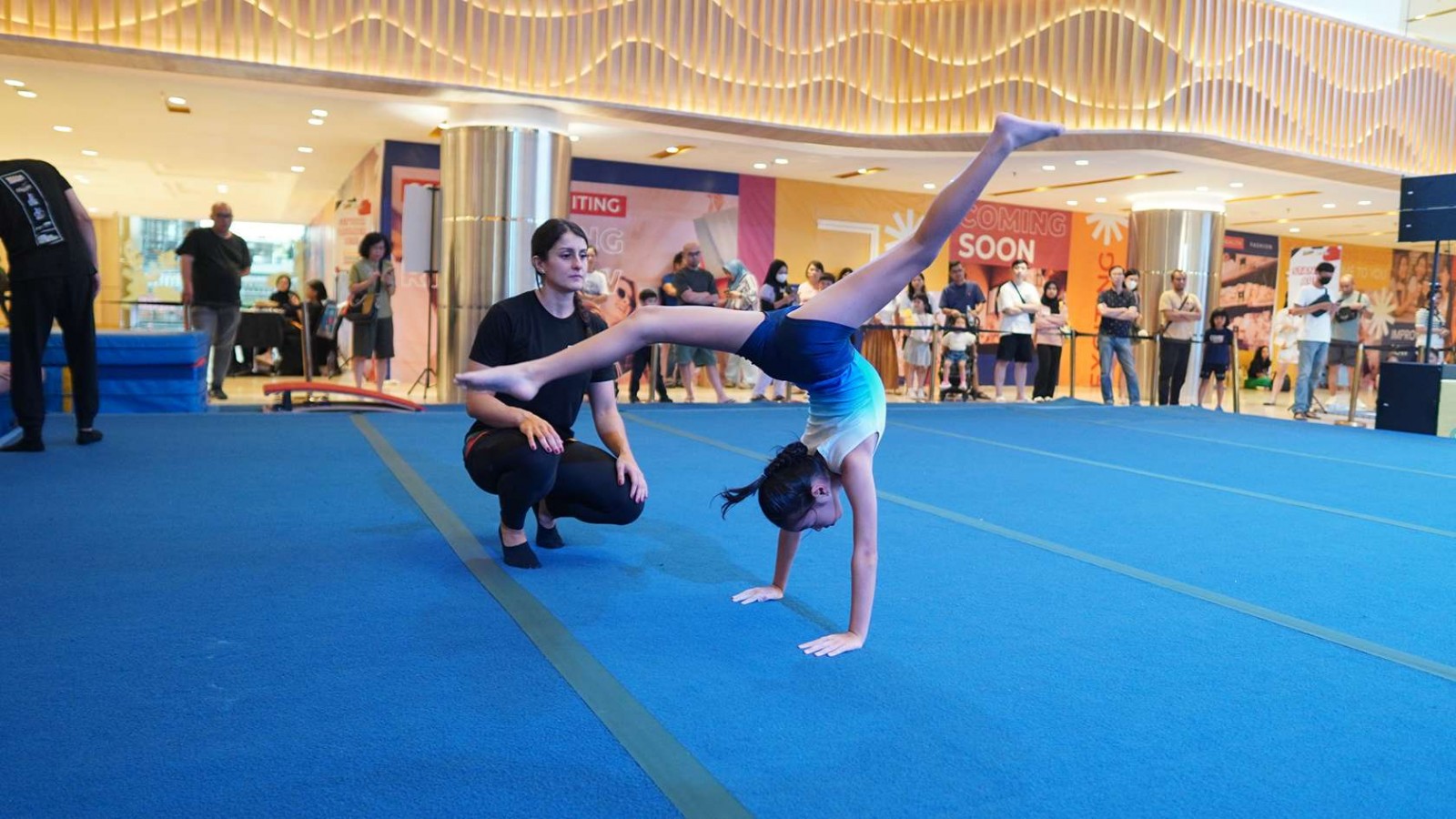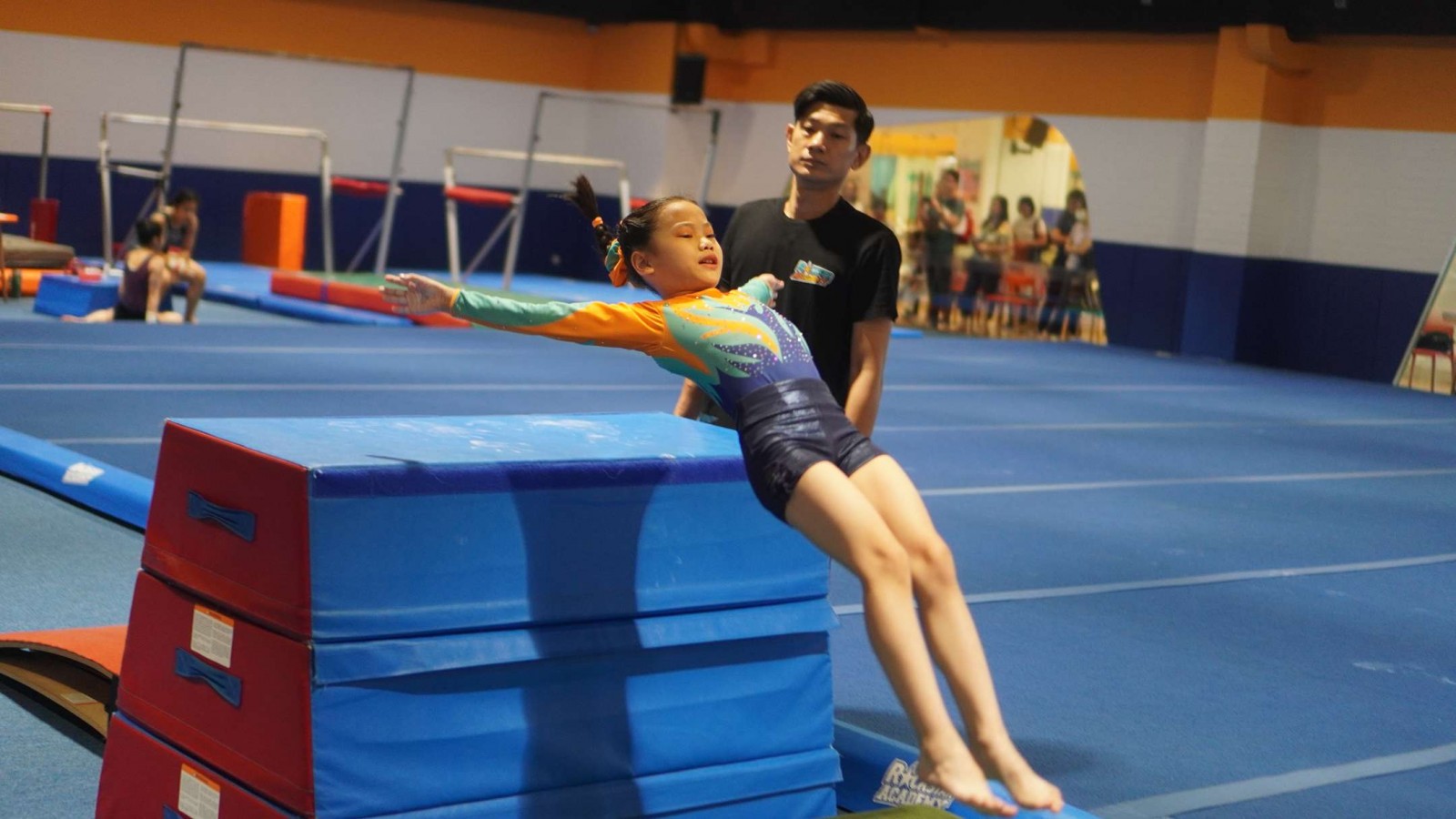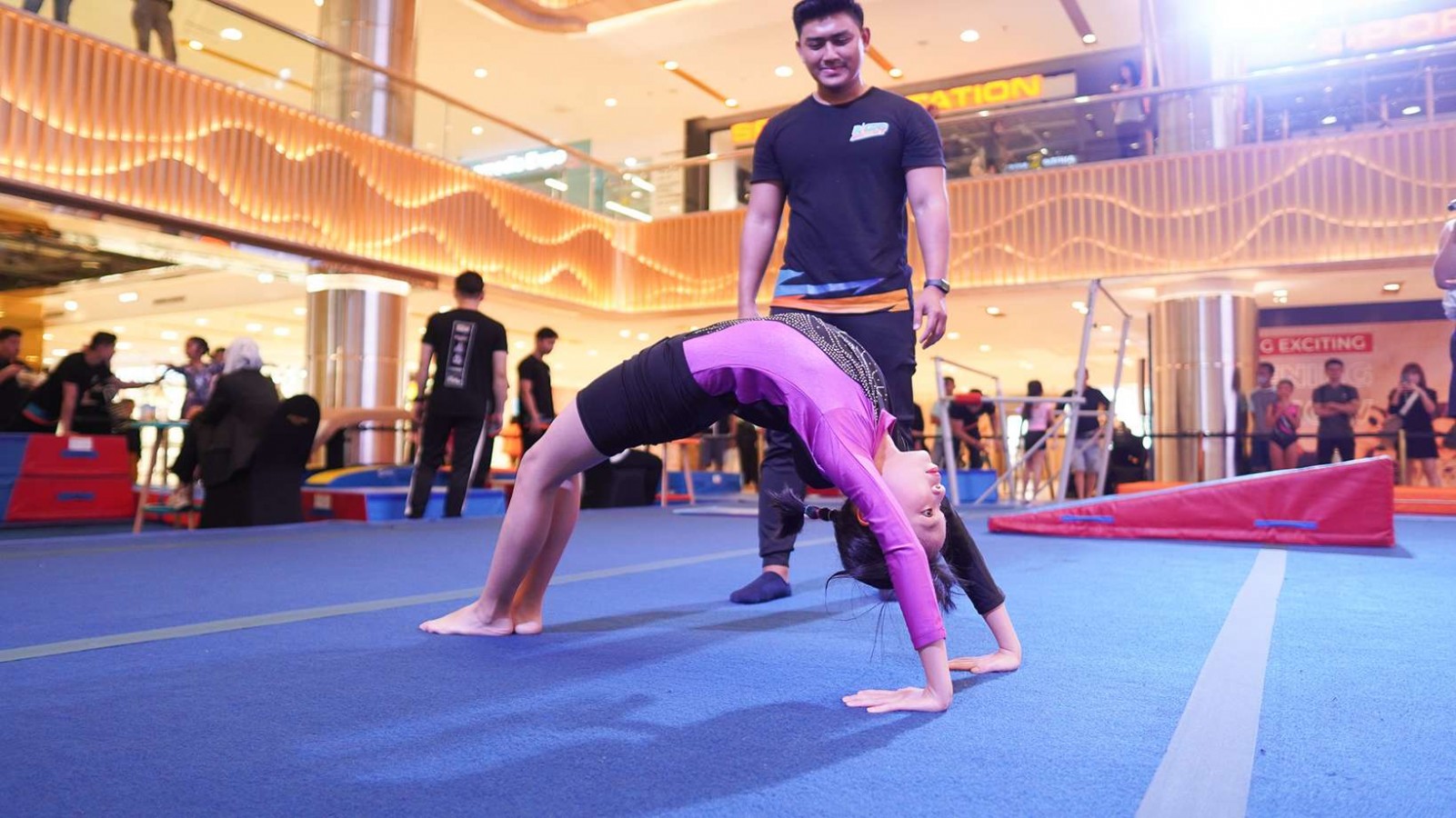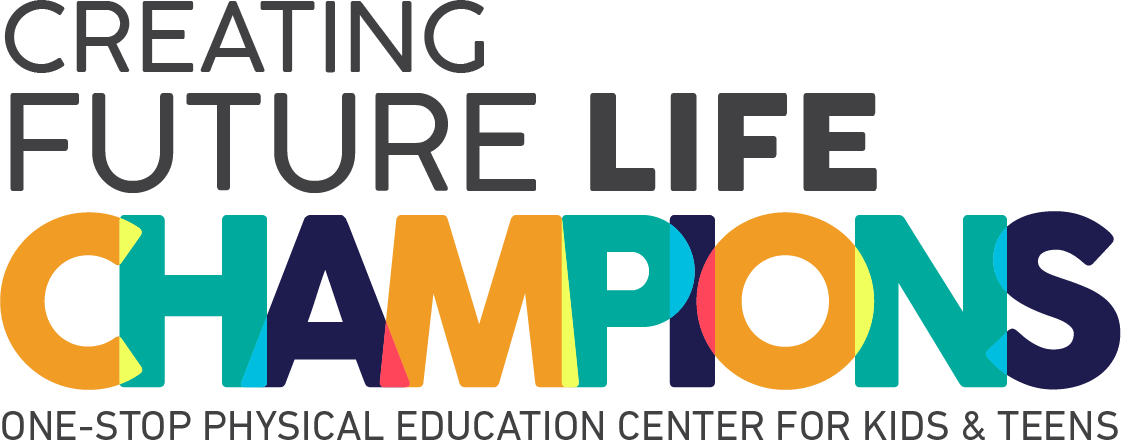Dance Terminology - Every Dancer Should Know This!
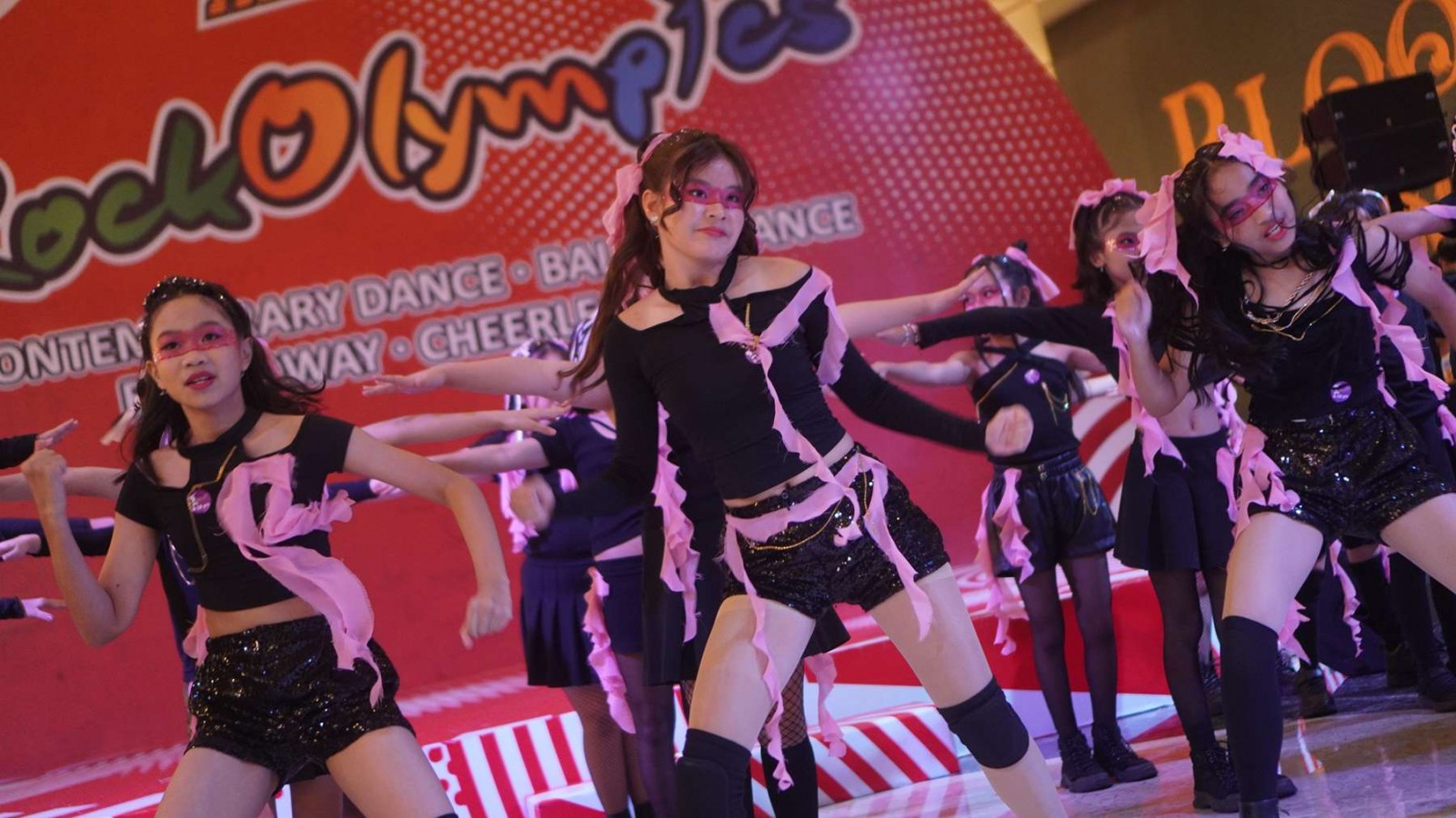
While many may love to groove to their favorite tunes, surprisingly, a lot of people are still in the dark about the dance terminology. Learning dance terminology can unlock a whole new level of appreciation and expression. Additionally, understanding dance terminology is also a great way to get introduced to the world of dance.
So, whether you're a seasoned dancer or someone who just loves to bust a move at weddings, join us as we dive into the fun and fascinating terminologies of dance!
Every Dance Terminology Dancers Should Know
Let's break down essential dance terminology that every dancer should know:
1. General Dance Terms
- Dance
At its core, dance is the art of moving the body to music. It's a universal form of expression that allows individuals to convey emotions and tell stories through movement.
- Choreography
Choreography is the art of creating dance sequences. Choreographers design the movements, deciding how dancers will interact with each other and the music.
- Technique
Technique refers to the specific methods and skills dancers use to perform movements correctly. Good technique is crucial for executing dance steps safely and effectively. It involves proper body alignment, balance, control, and the use of strength and flexibility.
- Performance
A performance is when dancers present a choreographed piece to an audience. This can happen in various settings, from professional theater shows to local recitals. Performances are a chance for dancers to showcase their hard work and connect with the audience through their art.
- Strings
This term refers to music made by string instruments like guitars and violins. Pay attention to guitar strums and melodies, especially in acoustic or instrumental songs.
- Switching Lines
This happens when dancers move from the front of the class to the back, and vice versa, so everyone gets a turn in front. When the choreographer says "switch lines," if you're at the front, you should move to the back. This way, everyone has a chance to see the choreographer during the class. Staying in front the entire time wouldn’t be fair.
- Synth
A synth, or sound synthesizer, makes music by converting electric signals into sound using amplifiers and speakers. A common type of synth is the synth piano, which can produce a deep, slow bass sound often described as "wobba wobba."
- Tempo
Tempo refers to how fast the music is. When learning a dance, the choreographer will start teaching it at a slow tempo, then move to a medium speed, and finally to the actual speed of the song.
- Transitions
In a dance performance, transitions are the moves that connect two different pieces of music. This involves dancers moving on and off the stage or changing their positions as the music shifts.
2. Ballet Terminology
Ballet has a rich vocabulary that helps dancers understand its precise movements. Here are some key terms:
- Plié
A plié is a bending of the knees while keeping the feet in place. This movement is fundamental in ballet and is used to build strength in the legs and maintain balance. It prepares dancers for jumps and other movements.
- Tendu
Tendu, meaning "to stretch," involves extending one leg out from the body while keeping the toes on the floor. This movement strengthens the feet and helps dancers learn control over their legs.
- Relevé
Relevé means "to rise." In this move, dancers lift their heels off the ground while standing on the balls of their feet. It's essential for balance and is often used in ballet combinations.
- Jeté
A jeté is a leap from one foot to the other, characterized by kicking the working leg into the air. There are different types of jetés, such as grand jeté (a large leap) and petit jeté (a smaller jump). This term captures the grace and fluidity of ballet.
- Pirouette
A pirouette is a spin performed on one foot. Dancers often prepare for a pirouette with a plié and must focus on maintaining balance while completing the turn.
- Adagio
This term refers to slow, controlled movements in dance. In a ballet class, the adagio section may involve high leg lifts, known as développés, that go above 90 degrees, or partner work.
- Allegro
This term describes jumps. Petit allegro refers to smaller jumps, while grand allegro involves larger, more expansive jumps like a grand jeté.
- Arabesque
In this position, one leg is extended behind the dancer’s body at a 90-degree angle or higher. Achieving this position requires flexibility in the hips and spine, along with straight legs and pointed feet.
- Assemblé
This is a jumping movement where the feet come together in the air, usually landing in the fifth position.
- Attitude
In this position, the leg is lifted with the knee bent at 90 degrees and the foot pointed. There are two types: attitude croisée devant (lifted in front) and attitude croisée derrière (lifted behind).
- Avant, en
This phrase means “to the front.”
- Balanchine
This refers to George Balanchine, the founder and main choreographer of the New York City Ballet. He trained in the Russian style and created a neo-classical technique known for its fast footwork and abstract dance.
- Ballón
This term describes a light, effortless quality in jumping.
- Ballotté
Meaning “tossed,” this describes a jump that has a light, rocking motion. For example, a jump that starts from the point tendu position and moves back.
- Barre
This is the fundamental section of a ballet class, where dancers hold onto a ballet bar for support. Classes typically start with the left hand on the bar, working the right leg.
- Beats
This term refers to hitting the legs together in the air, moving in and out of fifth position. This can be seen in petite batterie.
- Bourrée
A series of very small, rapid, even steps en pointe or on demi pointe with the feet well crossed in 5th position and the body remaining poised over the feet.
- Brisé
This is a jumping movement that allows the dancer to travel in a specific direction.
- Cambré
This describes a bend of the body from the waist, either forward, backward, or to the side, often combined with arm movements.
- Center Floor
This is the second part of a ballet class, focusing on adagio, turns, and small jumps (petit allegro).
- Chaînés
This term means “linked like a chain” and refers to a series of small turning steps performed rapidly while shifting weight from one foot to another.
- Chassé
This movement means “to chase one foot with the other.” The leading foot slides forward into a position and then springs off the floor, bringing the other foot to meet it in the air.
- Cou-de-pied
This position involves standing on one leg while the other foot is pointed and held near the ankle of the standing leg.
- Croix, en
This term means “cross” and refers to movements performed in three directions: front, side, and back, forming a cross shape.
- Dégagé
This means “to disengage” and describes a sharp movement where the pointed foot brushes the floor to develop speed and precision.
- Demi
This means “half,” as in demi-plié (half bend of the knees).
- Développé
A slow, large leg movement where the foot moves from a starting position through passé to extend out at 90 degrees or higher.
- Élevé
This means to rise onto the toes.
- Envelopé
This movement involves folding the leg back into the body from an extended position.
- Fondu
This term means “melted” and describes a slow bending of one leg while the other leg moves into cou-de-pied, followed by extending both knees.
- Fouetté
A turning movement that requires the leg to whip from front to second and back to the starting position, along with specific arm movements.
- Frappé
This begins from cou-de-pied and involves a quick strike of the foot against the floor, ending in a pointed position.
- Pas de Basque
A traveling step that includes a half-circle of the leg and a weight transfer.
- Pas de Bourrée
This is a linking step that allows for a transition between two positions.
- Passé
In this position, the leg is bent and the foot touches the knee of the standing leg while transitioning to another position.
- Penché
This means “inclined” and usually refers to an arabesque where the upper body leans forward.
- Pirouette
A controlled turn on one leg, where the lifted leg may be in various positions while turning.
- Pointe, en
This means standing on the toes in pointe shoes.
- Port-de-bras
This refers to the movement and position of the arms in relation to the body, helping with balance and expressing emotion.
- Port-de-corps
This refers to the overall carriage of the body, including movements of the spine.
- Promenade
A slow turning motion while standing on one leg.
- Retiré
In this position, the leg is bent and pointed, touching the knee of the standing leg.
- Rèvèrence
This is a traditional bow to show respect to the audience or the teacher.
- Sauté
This refers to a simple jump upward.
- Sissonne
A jump that starts from two feet and lands on one foot in various directions.
3. Contemporary Dance Terminology
Contemporary dance embraces freedom and creativity, and its vocabulary reflects that. Here are some key terms:
- Improvisation
Improvisation is creating movement on the spot without a set choreography. This form of expression allows dancers to explore their emotions and physicality, often resulting in unique and personal performances.
- Isolation
Isolation refers to moving one part of the body while keeping the others still. This technique is essential in contemporary dance, as it emphasizes the beauty of movement and helps create dynamic choreography.
- Floor Work
Floor work involves movements performed on the ground, such as rolls, slides, and transitions. This style encourages fluidity and connection to the floor, allowing dancers to explore their bodies in new ways.
- Contact Improvisation
Contact improvisation is a dance form where two or more dancers move together while maintaining physical contact. It focuses on weight-sharing, balance, and exploring movement through partnership.
4. Jazz Dance Terminology
Jazz dance is known for its energetic and expressive movements. Here are some essential terms:
- Jazz Hands
Jazz hands are a pose where the fingers are spread wide and the hands are held up, often used to convey excitement and energy in a performance.
- Chassé
A chassé is a step in which one foot chases the other. It's a fluid movement that can transition dancers smoothly from one position to another and can be performed in various directions.
- Kick Ball Change
This step involves kicking one foot forward, quickly placing it back down, and shifting weight to the other foot. It adds a lively rhythm to jazz routines and is often used as a transition.
- Flick
A flick is a quick movement of the leg that involves kicking it out and back. It adds sharpness and emphasis to jazz choreography, highlighting the dancer's musicality.
5. Hip-Hop Dance Terminology
Hip-hop is a vibrant and evolving dance style with its own unique language. Here are some key terms:
- B-boying (Breakdancing)
B-boying, commonly known as breakdancing, is a dynamic style characterized by acrobatic moves, spins, and freezes. It originated in the 1970s and remains a foundational aspect of hip-hop culture.
- Locking
Locking is a funky style that involves quick, distinct movements combined with pauses or "locks." Dancers often use exaggerated gestures and character to create an engaging performance.
- Popping
Popping is a street dance style characterized by quick contractions and relaxations of the muscles to create a jerking effect. It often includes intricate isolations, making it visually striking.
- Freestyle
Freestyle refers to dancing spontaneously to music without set choreography. It allows dancers to express their individuality and creativity, showcasing their unique style.
6. Tap Dance Terminology
Tap dance combines rhythm and movement, with dancers using their feet to create sound. Here are some essential tap terms:
- Shuffle
A shuffle is a basic tap step that involves brushing one foot against the floor quickly to create sound. It serves as a foundational movement in tap dance and can be incorporated into many routines.
- Time Step
A time step is a rhythmic sequence of taps that serves as a staple in tap choreography. It can vary in complexity and tempo, providing a framework for dancers to build upon.
- Wing
A wing is a movement where a dancer lifts one foot to the side while keeping the other foot in place, creating a distinct sound. This adds flair to a tap routine and showcases a dancer's technique.
- Cramp Roll
A cramp roll consists of alternating taps between the heels and toes in a rhythmic sequence. It's a fun and engaging way to create sound and complexity within tap dance routines.
Have You Understood These Dance Terminology?
Understanding dance terminology is crucial for any dancer looking to enhance their skills and express themselves fully on stage. If you’re a parent eager to help your child take their dancing to the next level, consider enrolling them in a dance program that nurtures their talent. Rockstar Academy is the perfect place to start!
As the best Sports & Performing Arts Academy, they offer a variety of physical activity programs, including amazing dance classes that lead to exciting opportunities like Dance Recitals, RockOlympics, and Elite Championships.
These experiences are all part of Rockstar Academy’s commitment to helping young dancers reach their highest potential while instilling discipline, sportsmanship, and the valuable lessons of handling both winning and losing gracefully.
Plus, they make it easy for you to explore with a free trial class! So why wait? Contact Rockstar Academy today and let your child shine on the dance floor!
FAQ
Why is it important to learn dance terminology?
Learning dance terminology is essential for effective communication in classes, rehearsals, and performances. It helps dancers understand instructions and collaborate with others.
Are dance terms the same across all styles?
No, dance terms can vary significantly between different dance styles. Each style has its unique vocabulary that reflects its techniques and cultural context.
